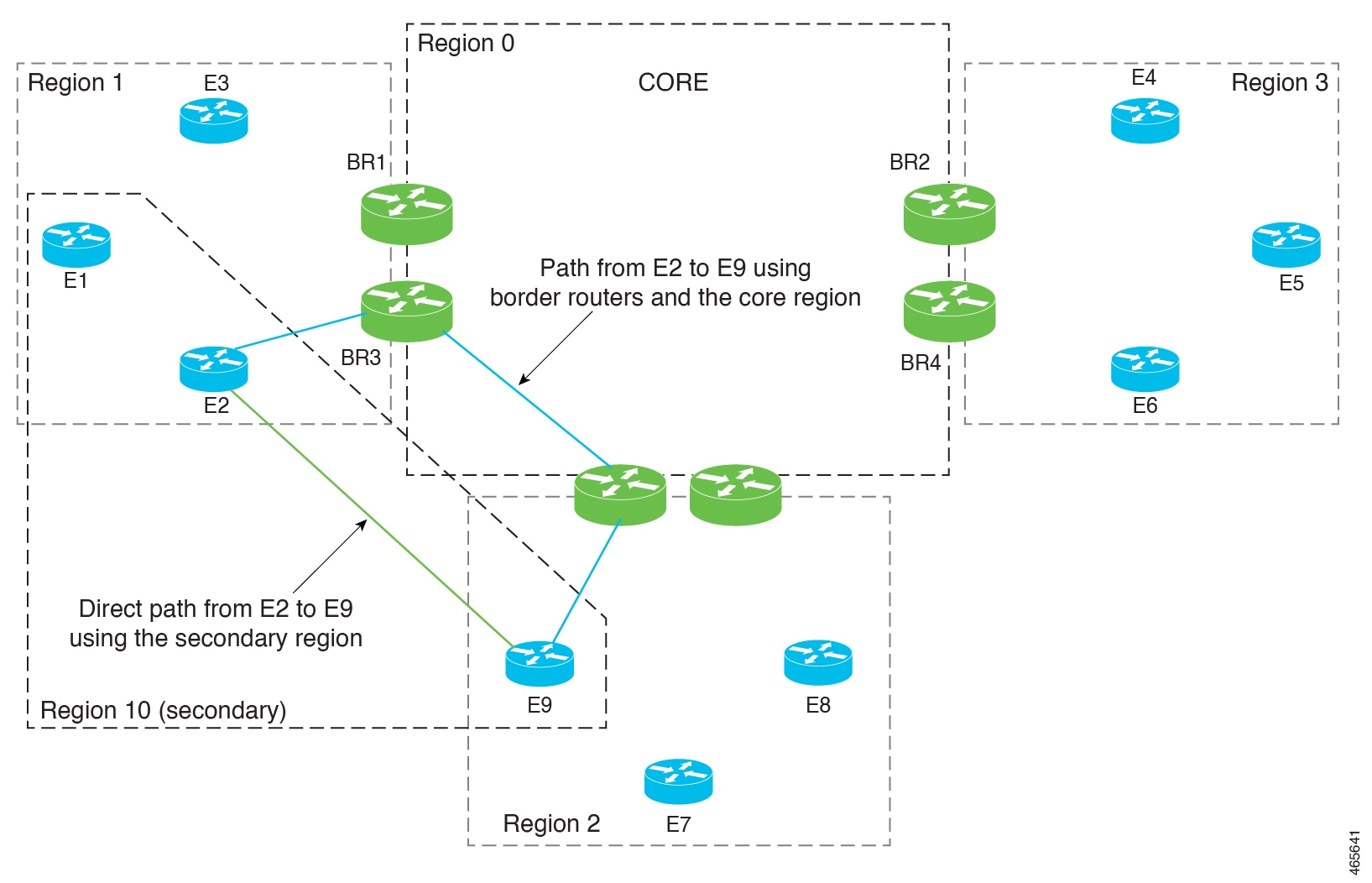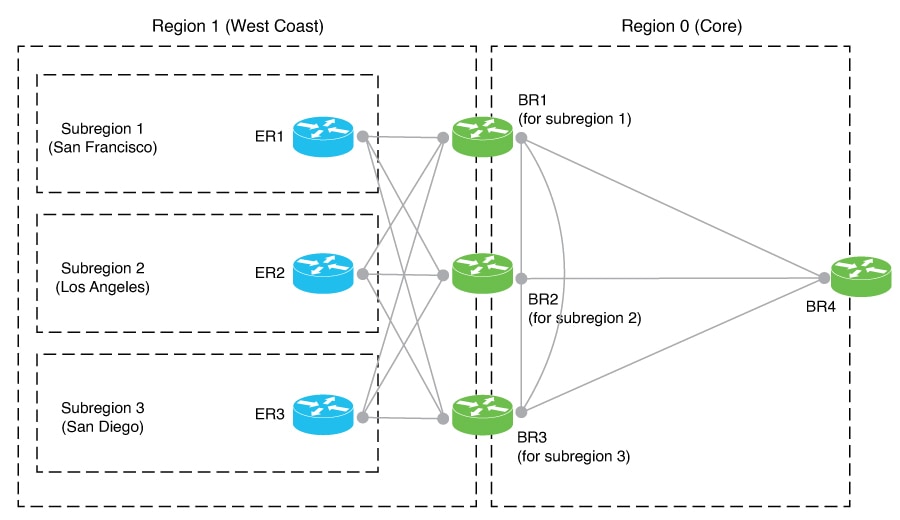Overview of end of support for three types of regions
To streamline Multi-Region Fabric (MRF) architecture and simplify operations, Cisco Catalyst SD-WAN is phasing out three features. From Cisco Catalyst SD-WAN Release 20.15.1 and Cisco IOS XE Catalyst SD-WAN Release 17.15.1a, these MRF features are being phased out:
-
Secondary Regions
-
Subregions
-
Management regions
From Cisco Catalyst SD-WAN Release 20.15.1, we do not recommend using these features. If necessary, you can configure them by API. Later releases discontinue support for the features.
If your network uses any of these features, see the recommendations described here for the steps to take.



 Feedback
Feedback